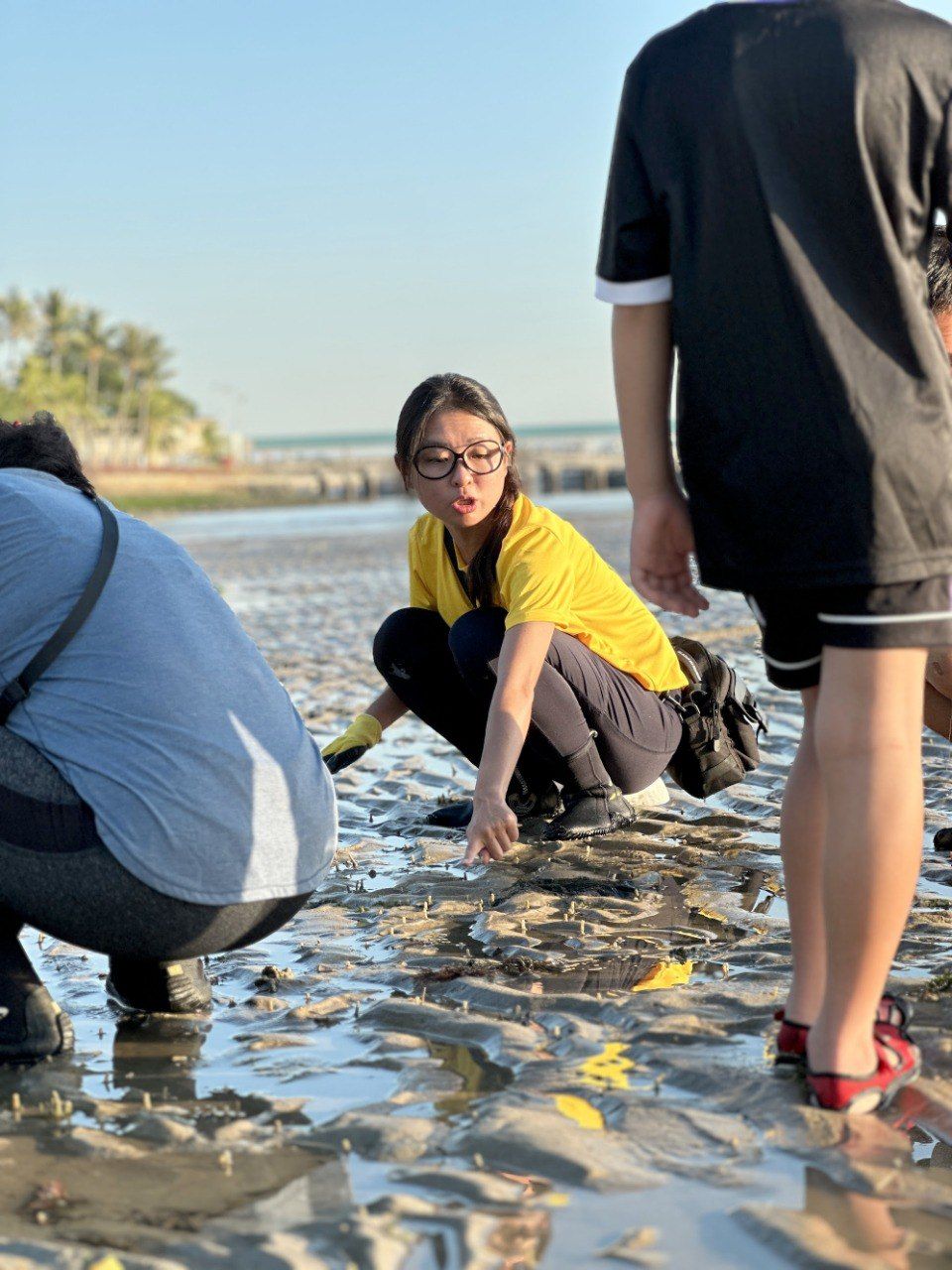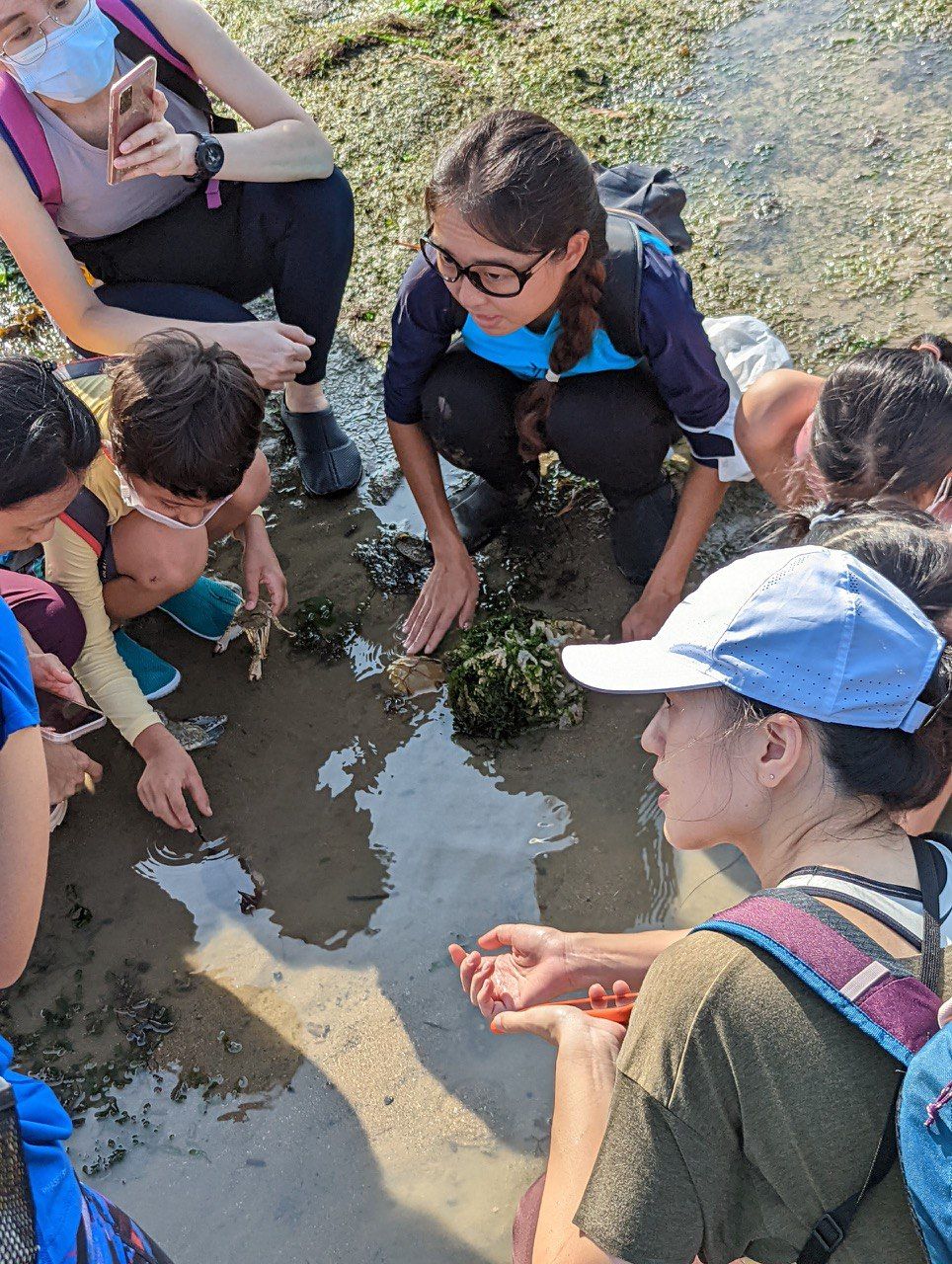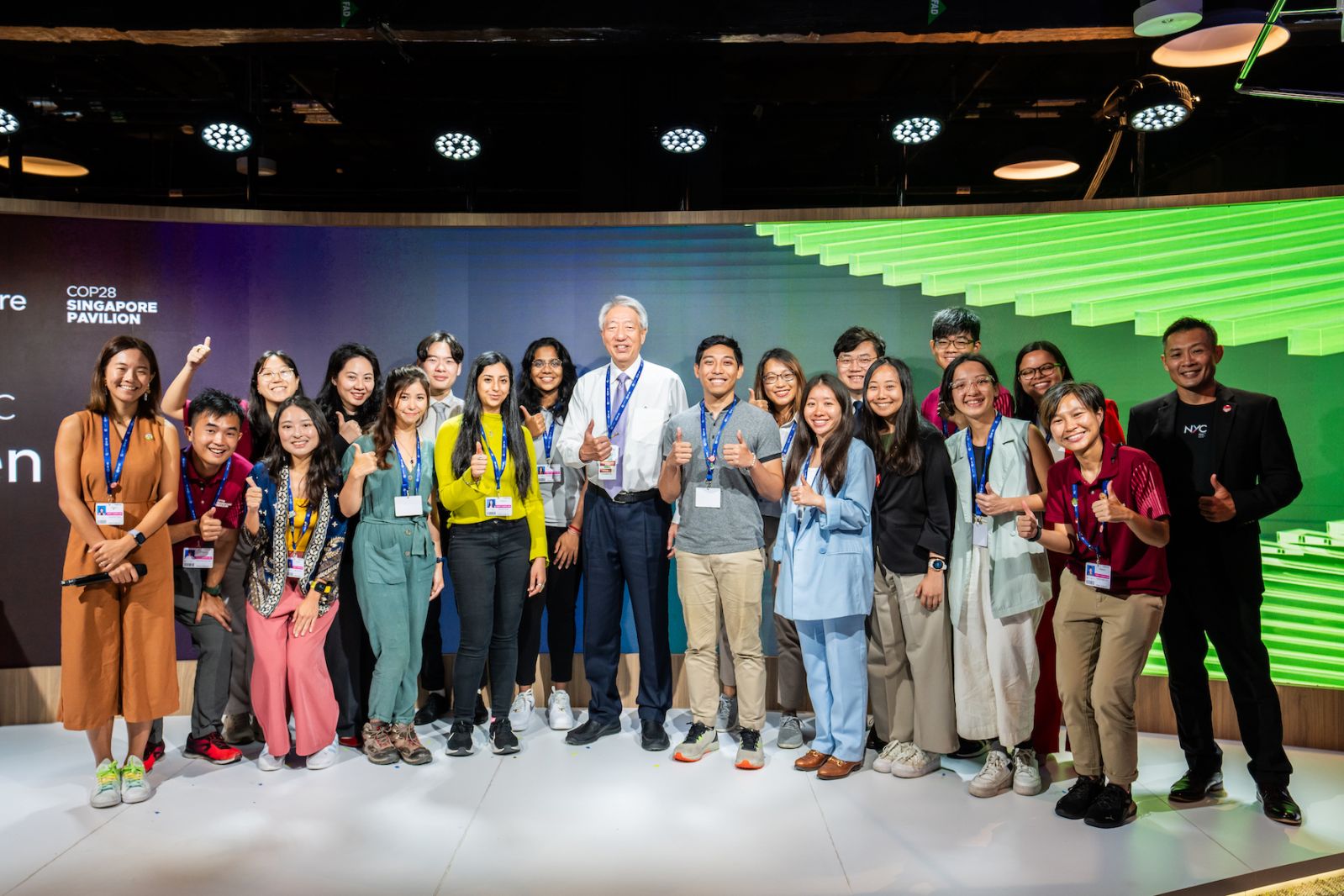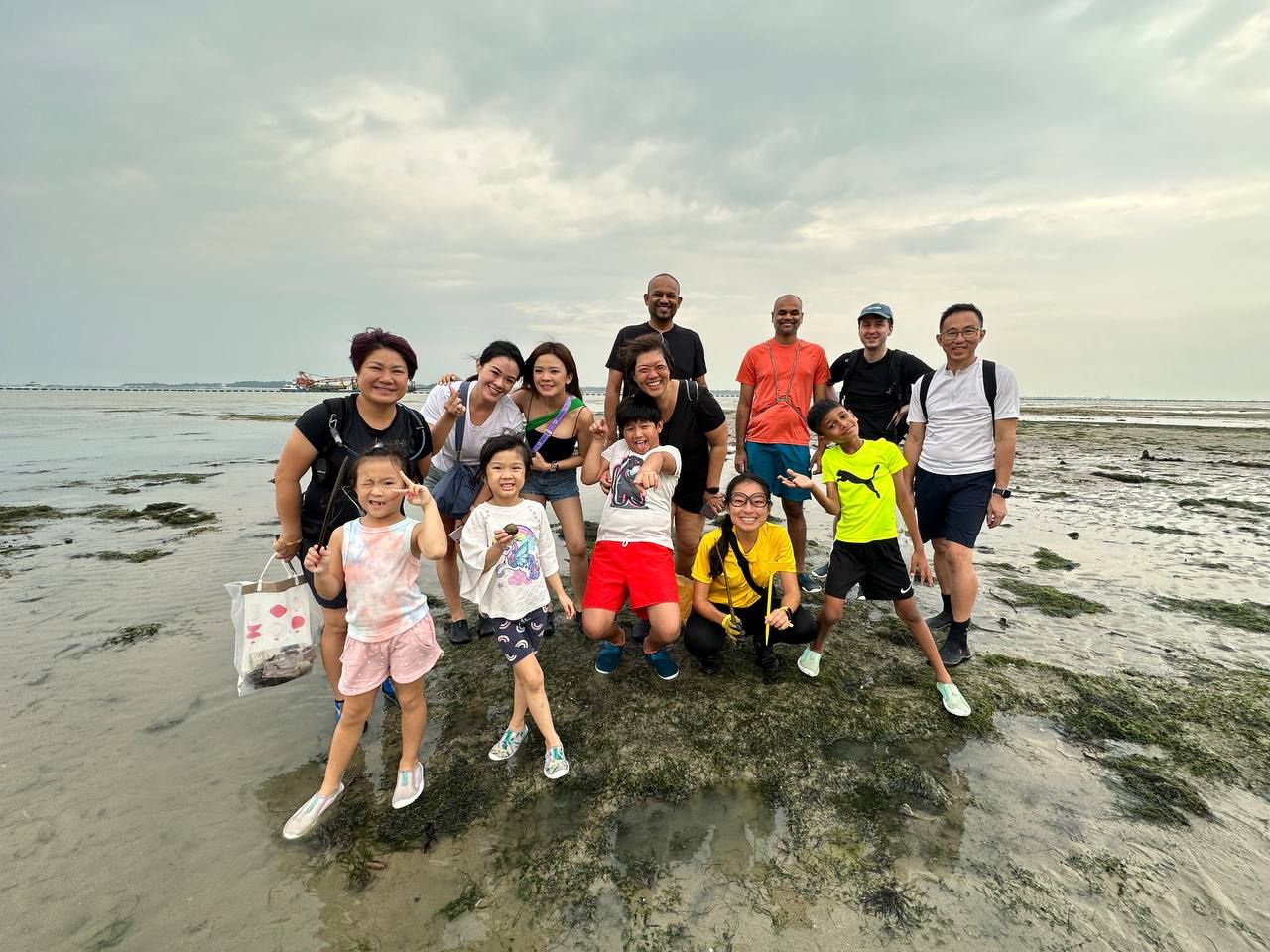Kong Man Jing, the bespectacled, yellow-dressed YouTuber behind edutainment channel ‘Just Keep Thinking’, shares her journey to becoming a science communicator and how we can encourage more youths to follow her path
As someone born into an Asian family, I grew up thinking that my career in the future would be in one of two occupations: doctor or lawyer. My relatives often reminded me: “You earn $100 in 5 minutes as a doctor and $100 for speaking one sentence as a lawyer”. But that all changed when I participated in a science camp when I was in junior college.
I explored our nature spaces for the first time—the forests, mangroves, marine shores—and I remembered being in awe of how much biodiversity Singapore has despite being an urban island city. That sparked my passion for nature and kickstarted my journey in the environmental scene.
When I went to university, I chose to study environmental biology, which had a small cohort of about 100 students. As I engaged in sharing sessions, discussion panels and group meet-ups, I started to realise just how small the community was and how we were always speaking to the same people at the end of the day. I often wondered how we could extend our knowledge and reach out to more people because environmental issues affect everyone.
So I started amassing public outreach and education experience by working at various nature organisations such as Wildlife Reserve Singapore (now Mandai Wildlife Reserve) and the National Parks Board. I also worked as a science teacher for three years, because I was interested in learning about our national education curriculum and educating the next generation.
During my teaching stint, I realised that even though there were hardly any topics on environmental issues then, I could modify my lessons to communicate environmental knowledge and impart eco-values to my students. For example, I introduced local wildlife examples when teaching the topic of animal diversity and linked climate change impacts, such as sea level rise, when teaching about heat expansion in liquids.
Read more: A Malaysian climate activist’s journey to Antarctica






